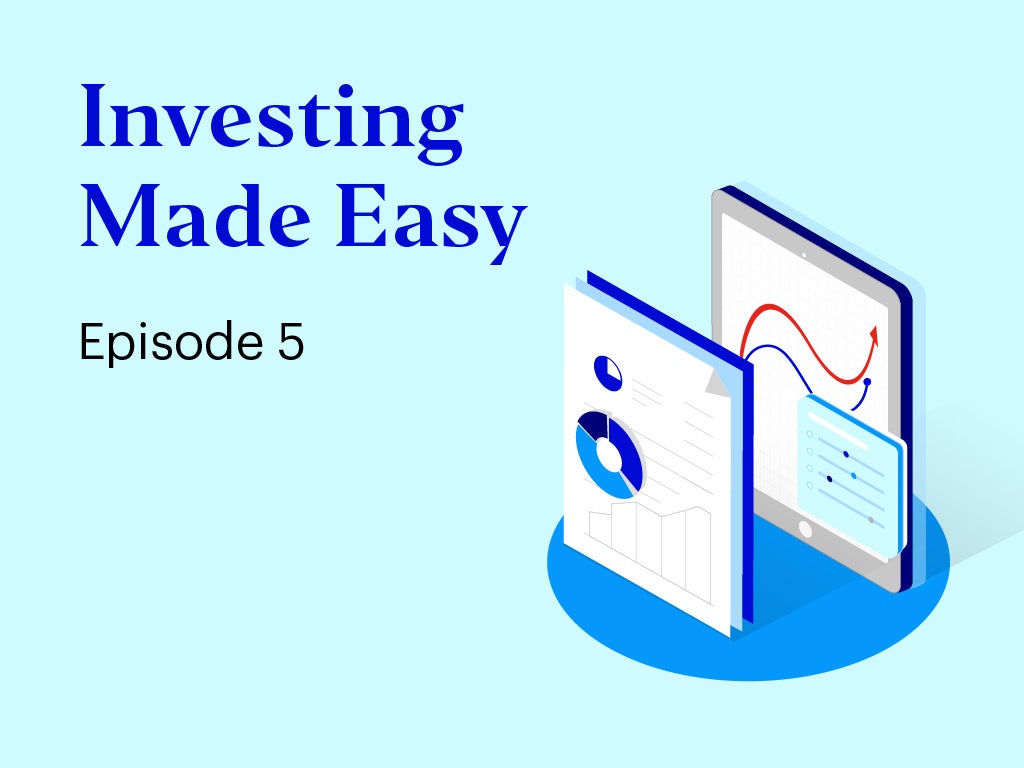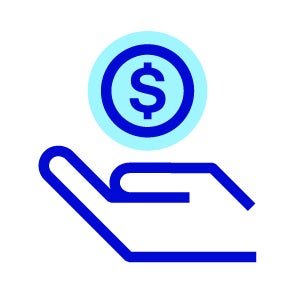
Episode 5 - Understanding active and passive funds
Active funds aim to outperform the market through professional stock selection and timing, while passive funds track a market index to deliver broad exposure at lower cost. Investors should choose the right tool for their goals. Watch the video to learn more.











